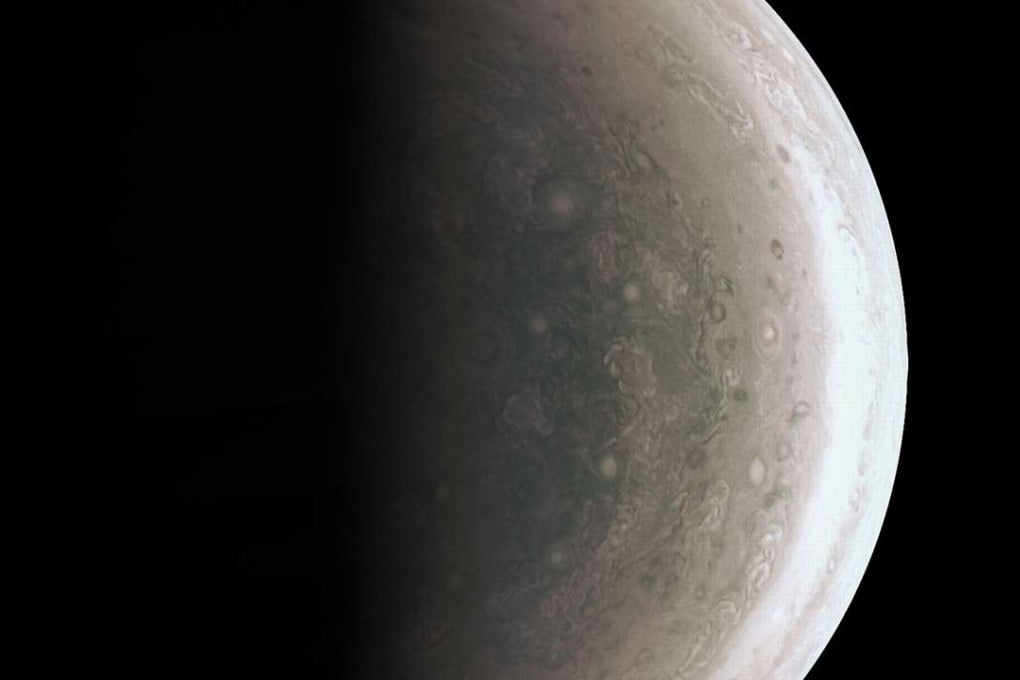Nasa’s Juno spacecraft unveils ‘unique’ photos of Jupiter’s poles

Nasa published on Friday the first-ever images of Jupiter’s north pole and its southern aurora, taken during the Juno spacecraft’s first orbital fly-by of the gaseous giant.
Juno came within 4,200km of Jupiter on August 27 during a six-hour transit from the north pole to the south.
It looks like nothing we have seen or imagined before. The largest planet in our solar system is truly unique
“It looks like nothing we have seen or imagined before,” said Scott Bolton, principal investigator of Juno from the Southwest Research Institute in San Antonio.
“The largest planet in our solar system is truly unique. We have 36 more fly-bys to study just how unique it really is.”
A camera dubbed the “JunoCam” took the high-definition images. It is one of the nine instruments on-board the spacecraft.
Juno notably sent the first infrared close-ups of the planet’s north and south poles.
“These first infrared views of Jupiter’s north and south poles are revealing warm and hot spots that have never been seen before,” said Alberto Adriani, of the Istituto di Astrofisica e Planetologia Spaziali in Rome.